Can we deliver sustainable transformations to our agri-food systems? was organized by WLE, the Stockholm Resilience Center (SRC) and the Swedish International Agricultural Network Initiative (SIANI) in Stockholm on March 29. The dialogue brought together more than 70 participants from Swedish institutions and WLE to discuss how to embed sustainability into food and agriculture systems.
Reflecting on the recent dialogue in Stockholm, it was refreshing for me to realize that, in a world increasingly defined by polarized debate, the spheres of conservation and agricultural intensification are seen as closely linked. Agriculture is increasingly becoming a “solutions space” for addressing environmental degradation.
As Maria Berkelom from The Swedish International Development Agency reflected at the dialogue, “This meeting was a step forward in bridging the divide between conservation and production. In fact, it is essential that they come together.”
Johan Rockstrom, Director of SRC and head of the WLE Steering Committee, reminded participants, “This dialogue is a call to action to put sustainable agriculture into the political agenda. We will not succeed on the SDGs without a transformation of our food systems to a sustainable trajectory. There is no such thing as a Paris outcome unless we have sustainable food systems.”
Although the discussions covered a diversity of topics, panelists and participants agreed that for a true transformation of our food systems to occur, agriculture had to both “go under-cover” and “take center stage.” The former entails working across sectors and SDGs and demonstrating how agriculture is intrinsically embedded in many development processes, like health, water quality, nutrition and urbanization. On the other hand, agriculture and food systems need to step up and take a more prominent place in global discussions on sustainability, demonstrating the relevance of these systems to other sectors and how fundamentally important they are to achieving the SDGs.
How do we make this happen? The discussions brought up a number of challenges as well as solutions.
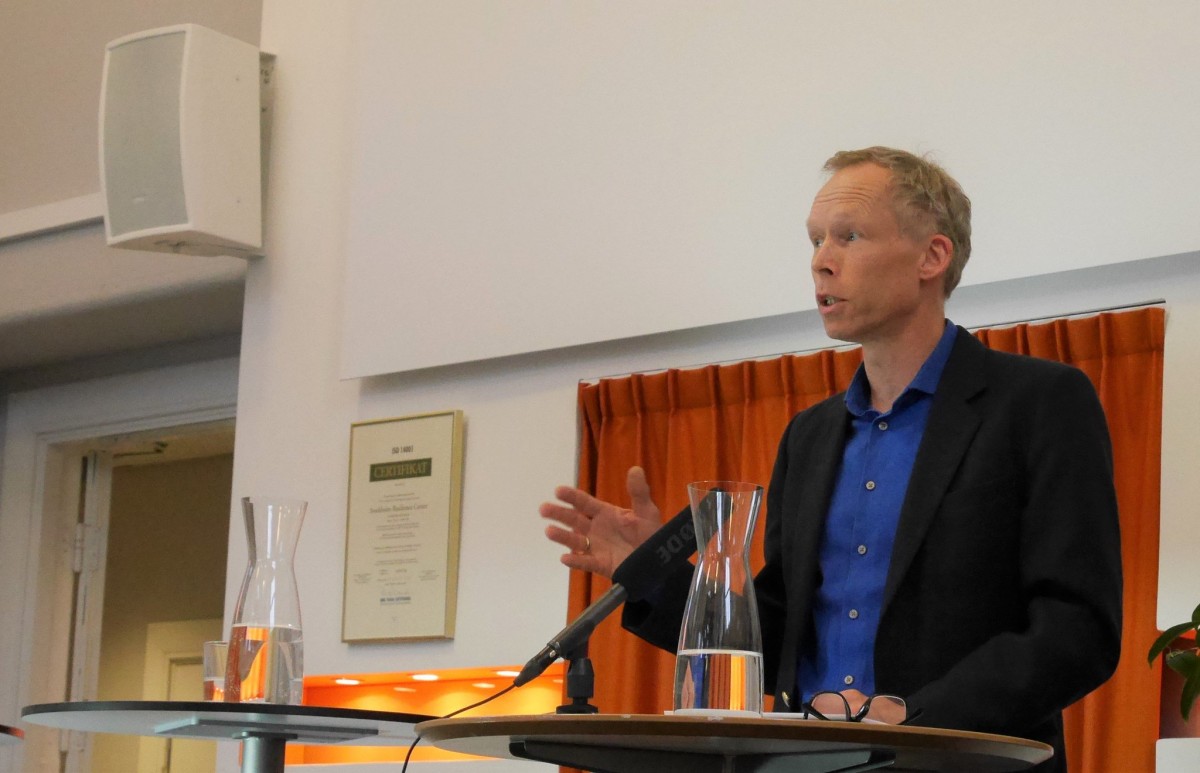
What does transformation in agriculture really mean?
From the discussion in Stockholm, it was clear that a transformation in agriculture is not only about scaling technologies or improving productivity. It must also be about improving farmers’ resilience and their ability to respond after disasters, such as droughts or floods. One participant pointed out that indexed insurance that allows farmers to protect their products with reduced transactional cost for insurance companies is an example of an innovation that can be transformative to local livelihoods.
Transformation must also be about changing behaviors, incentives and institutional structures that make up the whole agri-food system. An example is using solar power pumps to extract groundwater for irrigation, which seems like a good technological intervention but can be dangerous; since farmers perceive solar power as being free, they keep water pumps running, depleting the groundwater resource. In order to ensure the sustainable use of groundwater, incentives to prevent continuously pumping have to exist. An approach that was successfully tested in India was allowing farmers to sell excess electricity back to the municipal grid.
Whose transformation?
Another point that participants made was that, for transformation to be meaningful, the needs and perspectives of all actors in a system, including smallholders and local communities, have to be taken into account.
Currently in the global agricultural sector, the views of smallholders are drowned out by those of other stakeholders, like multinational corporations and governments.
Million Beley, an SRC scientists and Director of Africa Food Sovereignty, urged participants to agree on what vision of transformation they were really talking about: one led by smallholders or multinational food companies.
He pointed out that there is a contradiction between the concept of food sovereignty, which is the sphere of smallholder farmers, and emphasizes diversity and local knowledge. This is compared to large-scale food systems which are generally dominated by large corporate interests and entail large inputs and improved varieties that cannot be locally produced.
In Africa especially, agricultural policies and strategies have been influenced by European and North American models, which means that sustainable agriculture is equivalent to large-scale agriculture. The pitfall of this approach is that smallholders get locked into a pattern of dependency on big business for genetically modified seeds and agri-chemicals.
As Million Beley boldly concluded, “There can be transformation only when there is a democratic space.”
Watch a video of the dialogue from the SRC facebook page:
Putting agriculture back on the political agenda means getting political
Can science make a difference? The importance (or lack) of science in decision-making echoed some of the concerns raised by the recent ‘march for science’.
Barbara Schreiner, a policy development specialist and WLE Steering Committee member, reflected that she has been in policy discussions for years and recognizes that politicians do not necessarily listen to the kind of facts that researchers present. They have their own priorities, and are swayed by stories that align with these priorities. As researchers, we need to be more adept at adapting our science-based evidence to tell a compelling story instead of assuming that presenting facts and figures will tell the story for us.
Most governments in Africa and Asia have committed to spending 10% of their national budgets on agriculture development. In order to make sure that this money is used in a sustainable and productive way, practitioners and scientists will need to be savvier and more politically minded when presenting evidence.
Participants agreed on the importance of making results more accessible and usable to policy- and other decision makers. This is not to say that solutions should be simple and easy to implement; rather, as research organizations, we need to invest in how our science is communicated to ensure its effectiveness.
Where to from here?
Despite agriculture’s pertinence to major global discussions like climate change, migration and trade, international agricultural development and research agencies have struggled to communicate the significance – and indeed necessity – of agriculture in achieving sustainable development.
Going forward, we must communicate about sustainable agriculture covertly, under the guise of other sectors – going undercover – as well as in an upfront and savvy manner – taking center stage.
Ultimately, any actual transformation in agriculture will require fundamental change from corporations, governments and consumers. It will also require scientists is to work closely with and through these stakeholders to raise a collective voice and provide science based solutions for a more sustainable future.



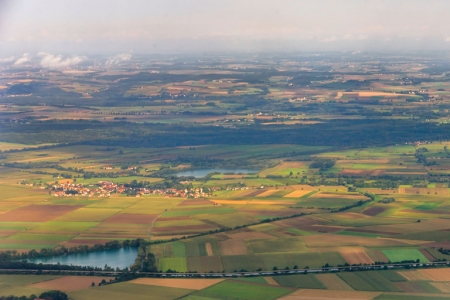
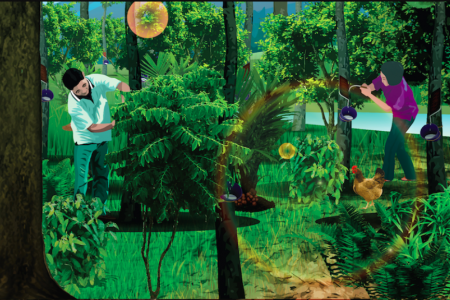








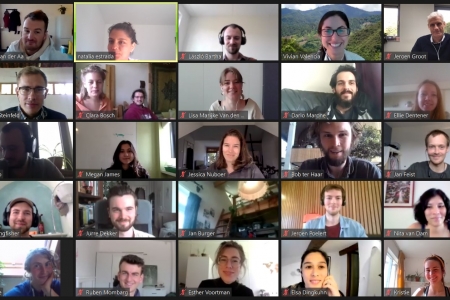



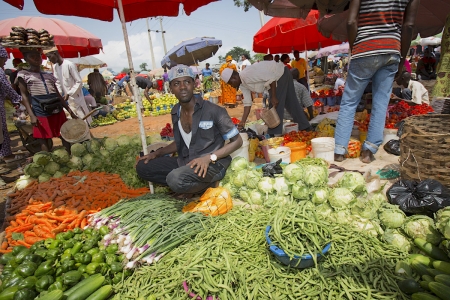


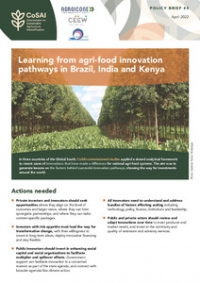
Comments
It makes me very hopeful to see this discussion with so many people participating. The association of smallholder farmers I work with in the high Andes of Ecuador is working hard to achieve food security and food sovereignty through agroecology. They are improving soils, developing seeds, increasing biodiversity, and participating in scientific research. I believe that the more people working in the area of sustainable agriculture share experiences and knowledge, the more successful these effort will become.
This is very interesting point which should be the focus in all meeting where we are discussing food security and agriculture challenges and opportunities against climate change .
We ( scientists, decision-makers, civil society and farmers) cannot improve productivity with only meetings, workshops and performing technologies without fundamental change in our own thoughts and knowledge in how agriculture can be transformed. And from my experiences ( working with small farmers in very marginal zone of East DRC since 8 years ) , Improving farmers resilience and their ability to respond to disasters (drought, floods, erosion, plant pest and diseases , ...); this is a key factor which can contribute significantly to agriculture transformation. One example in this case ; we are helping vulnerable farmers to access lands where they can plant trees and intercropping with different crops varieties, organize them to market their products.